Starting a vintage clothing store is like uncovering treasure buried in your grandmother's attic—exciting and a bit unpredictable! First, whip up a solid business plan that outlines your unique flair, be it rare 60s dresses or eco-friendly choices. You'll also want to dig into finances, as start-up costs can range broadly. Scout thrift stores and garage sales for hidden gems, then create an online store that captures your quirky style. Don't forget to share your brand story—you know, the one that makes people feel like they just found their new favorite jacket. Let's explore this vintage adventure together!
Building a Business Plan
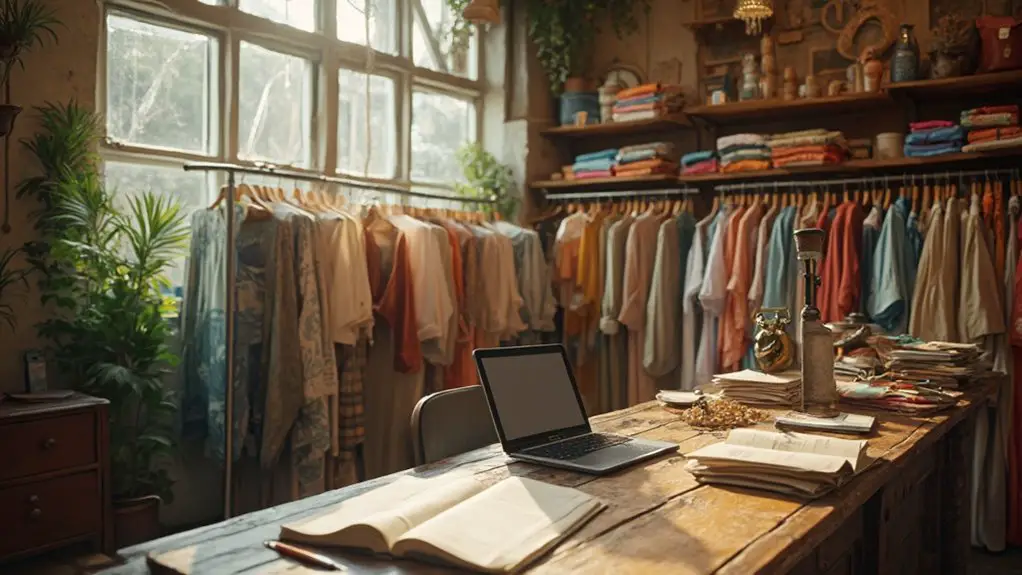
Building a business plan is essential for launching a successful vintage clothing store. Think of it as your roadmap, guiding you through the challenges and triumphs of running your shop.
Start by defining your mission and vision. What drives you? Draw customers in with your unique selling points—perhaps it's your exclusive selection of rare 60s dresses or the sustainable practices you embrace. To enhance your offerings, consider incorporating preworn items which appeal to eco-conscious consumers seeking unique fashion. Additionally, leverage the importance of fee transparency to build trust among your customers and optimize your pricing strategy. Remember, competitive pricing can impact your resale value just as it does in the resale market.
Understand your target audience; are they eco-conscious millennials or nostalgic baby boomers looking to relive their youth? Make sure to host your store in a vibrant location or online, giving access to those who cherish vintage style. Your commitment to sustainability will resonate with customers fed up with fast fashion.
Next, list the vintage clothing and accessories you'll offer—think groovy aloha shirts, high-waisted jeans, and quirky hats. Additionally, be prepared to develop a budget that accounts for all startup costs and operational expenses, ensuring your financial readiness.
Consider providing services like cleaning and repair to enhance customer loyalty. Finally, keep an eye on the market; release your inner trend scout and analyze competitors to carve out your niche, positioning yourself in a growing billion-dollar industry. This plan isn't just a formality; it's the solid foundation on which your vintage dream can flourish!
Working Out Finances
Understanding the financial aspects of starting a vintage clothing store is essential for long-term success. You'll need to contemplate an initial investment ranging from $20,000 to $100,000, which may feel intimidating but remember—every great empire starts somewhere!
Break down your costs: think about the lease, inventory, display fixtures, permits, and employee training. Each penny counts, and your budget effectively acts like your store's skeleton, holding everything together. Current prices for vintage items, like those from well-known brands, can vary significantly and impact your inventory choices. Considering that prices range from 1.75 to 7.50, maintaining a balance of diverse price points in your inventory will be crucial for attracting various customer segments. It's also important to note that no selling fees on platforms like Vinted can significantly enhance your profit margins.
Now, let's chat about revenue. Expect monthly sales between $5,000 to $15,000, depending on your location and how many stylish folks live nearby. To keep things dynamic, project your gross profit by multiplying those monthly sales by your gross margin of 30% to 50%. Additionally, it's vital to account for fixed monthly expenses when calculating your overall profitability.
Remember to pencil in your fixed monthly expenses—you'll want to calculate your net profit by subtracting those costs from your gross profit. Perhaps you'll uncover a delightful surprise!
As you find your feet, it's good to keep track because payback periods generally run about 12 to 24 months, and who doesn't love seeing their investment thrive like their best vintage find?
Developing a Brand
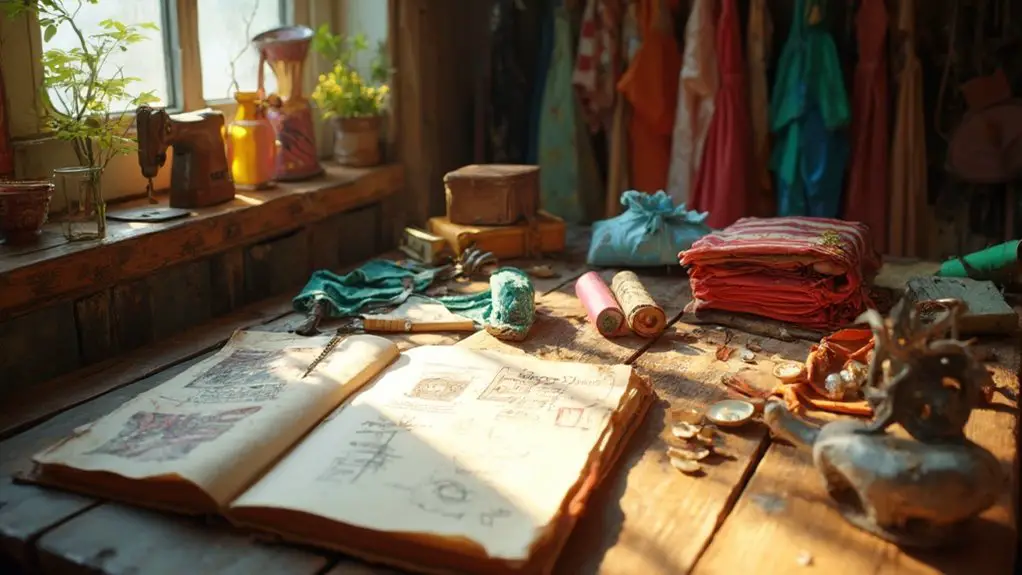
Crafting a strong brand for your vintage clothing store is essential in establishing its identity and resonating with your audience.
Think of your brand as the personality of your store; it should be unique, memorable, and reflective of the vintage treasures you offer.
Start by considering these key elements:
- Visual Consistency: Use a cohesive color scheme and design across all platforms—your shop, social media, and website. A familiar look creates trust.
- Engaging Brand Story: Develop a narrative that connects your passion for vintage fashion with the pieces you sell. Share how these garments have history, evoking emotions that draw customers in closer than just a regular shopping experience.
- Define Your Target Audience: Understanding who you're selling to can shape everything from your aesthetic to your marketing strategies. Create customer personas to visualize your ideal shopper. Additionally, consider the growing trend for budget-friendly, sustainable fashion options that appeals to your potential customers seeking affordability in vintage fashion.
Sourcing Clothing
When it comes to sourcing clothing for your vintage store, diving into a variety of avenues can uncover hidden treasures. Picture yourself rummaging through thrift stores, where an unassuming rack might hide a chic 70s dress, just waiting for some love. Sourcing Abroad can yield high-quality vintage finds, often requiring effort in building relationships and navigating import duties. Consignment shops can offer curated collections that feel like walking through a time capsule, while garage sales often transform into real-life treasure hunts, revealing gems you never knew you needed.
Don't forget to tap into your personal networks—friends and family might've vintage pieces stashed away, just itching for a new home. On the flip side, consider vintage wholesalers who deal in bulk; sure, the minimum orders can seem intimidating, but picture scoring a bounty of unique finds in one fell swoop.
Online marketplaces like Etsy and eBay can be goldmines, and social media lets you connect with fellow vintage enthusiasts. Venturing to local flea markets and vintage fairs can lead you not just to beautiful clothing, but also to unforgettable stories behind each piece. Embrace the thrill of the hunt—it's all part of the adventure in building your dream vintage store!
Setting Up an Online Shop
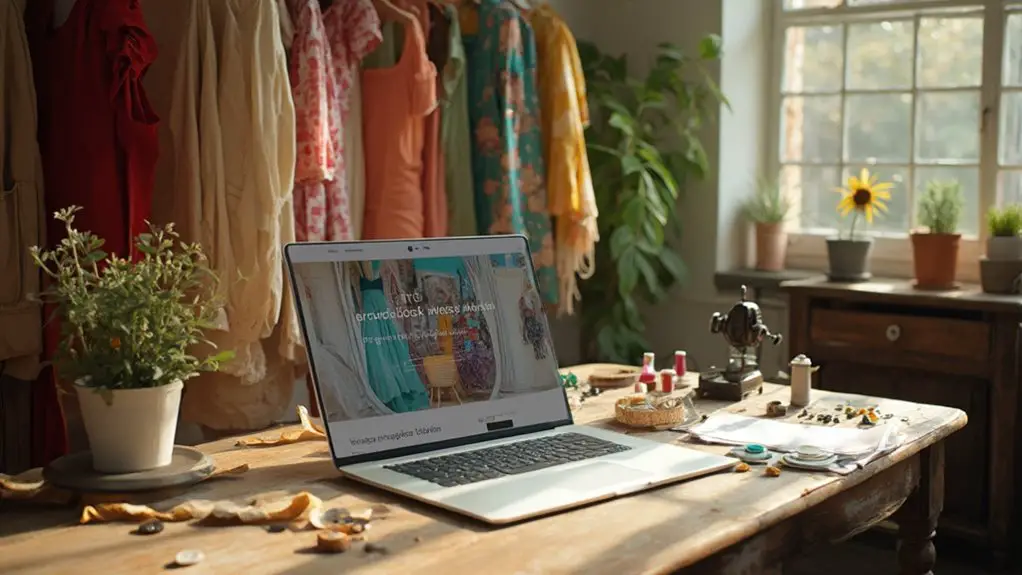
Once you've curated a stunning selection of vintage pieces, it's time to showcase them to the world by setting up your online shop. Getting this right can determine how many customers swoon over your collection! Here's how to kick things off:
1. Choose an E-commerce Platform: You might consider Shopify for its customizable themes and ease of use or Branchbob for its friendly interface.
Don't forget to take advantage of free trials to see which one fits your vibe best!
2. Customize Your Store Design: You want your shop to reflect that quirky vintage charm.
Play around with colors and fonts and, if needed, hire an expert to get it just right.
3. Photography and Descriptions: Capture your pieces in well-lit, detailed shots from all angles.
Don't shy away from telling their stories—what makes them unique and why they're worth it!
Conclusion
Starting a vintage clothing store is like setting out on a thrilling treasure hunt with every garment telling a unique story, waiting for you to uncover it. As you blend your passion with a savvy business plan, remember that the journey's just as important as the destination. Embrace the quirks, celebrate the imperfections, and let your love for the retro shine through. Your store won't just be a shop; it'll be a timeless haven for fashion lovers. Now, go make it happen!
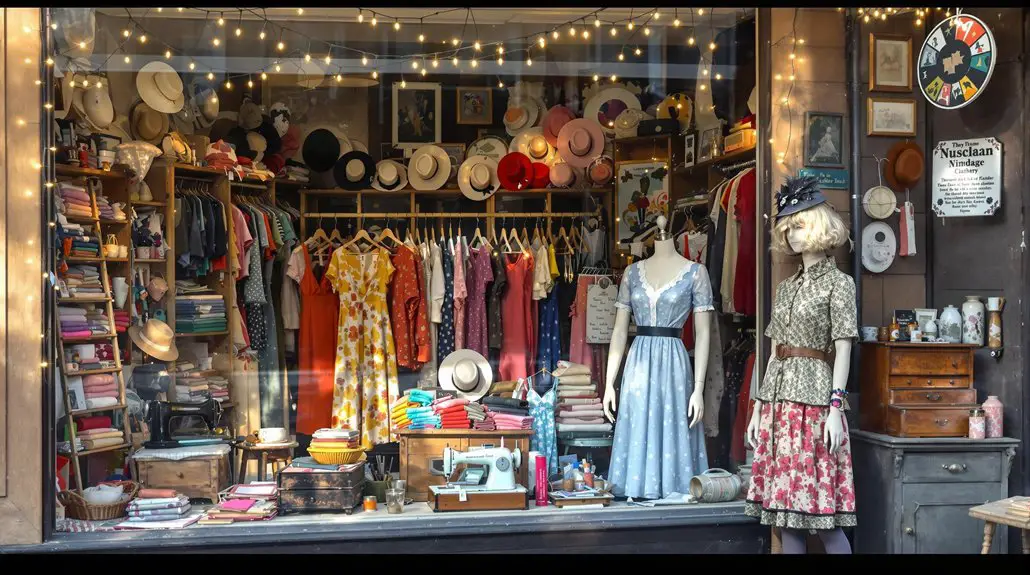

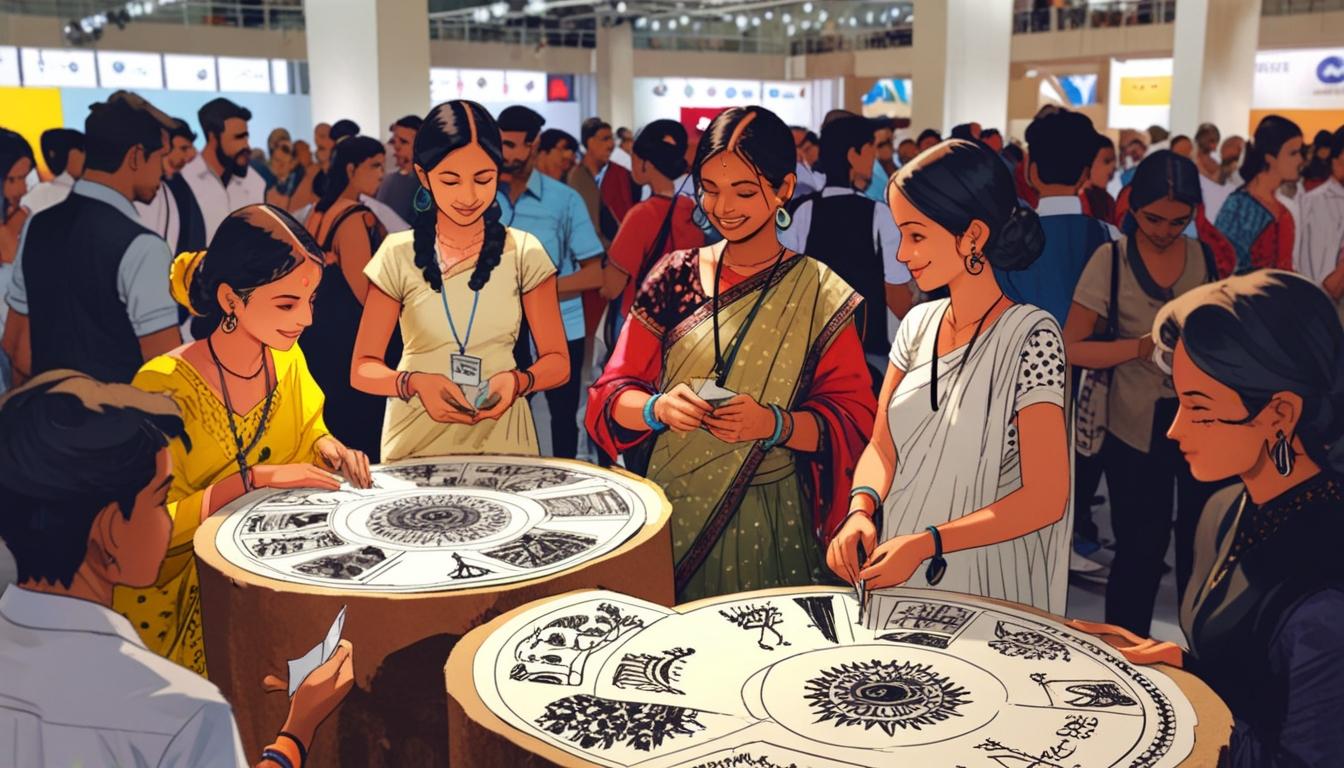

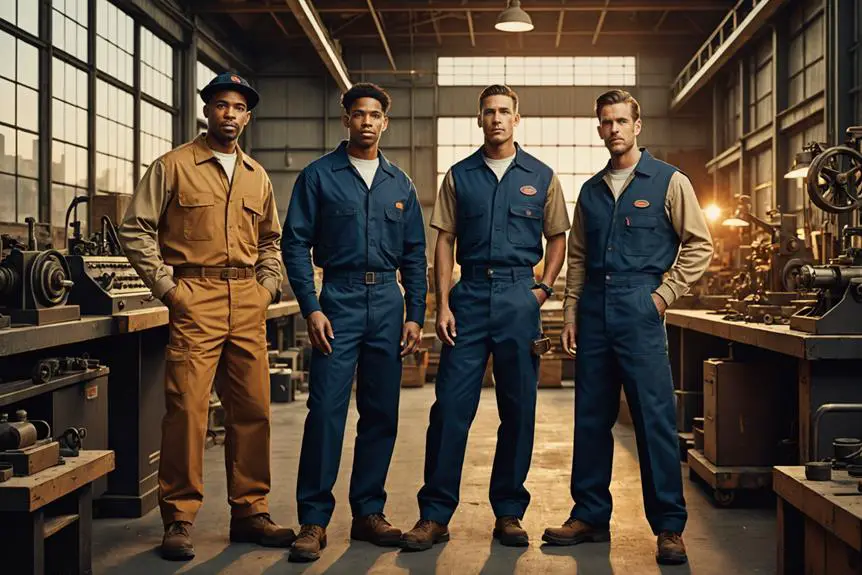
I just couldn’t depart your web site prior to suggesting that I extremely enjoyed the usual info an individual supply to your visitors? Is gonna be back frequently to check out new posts